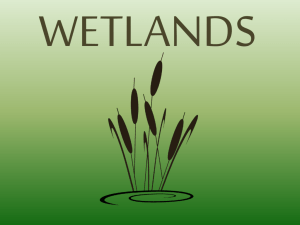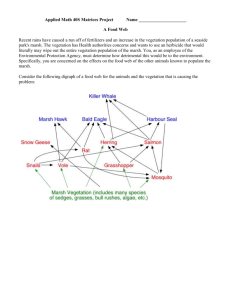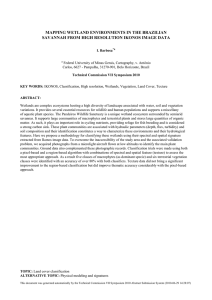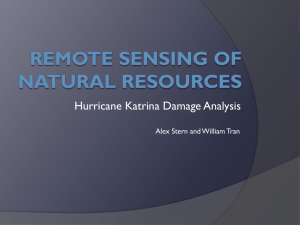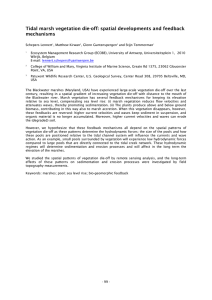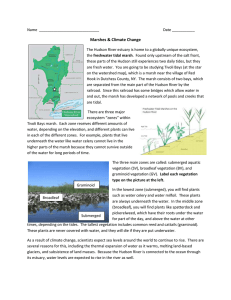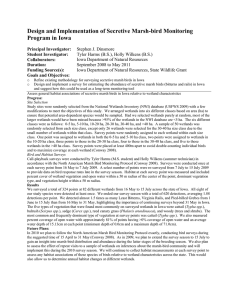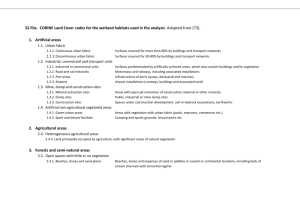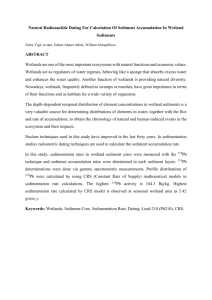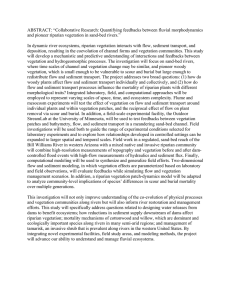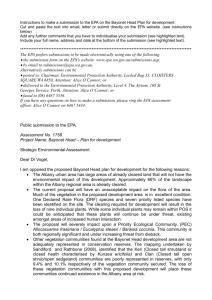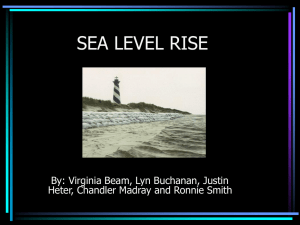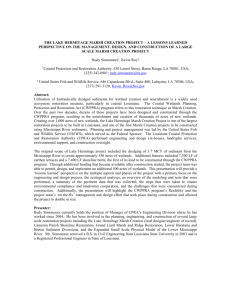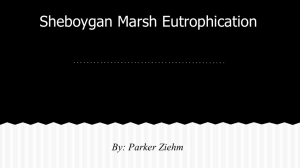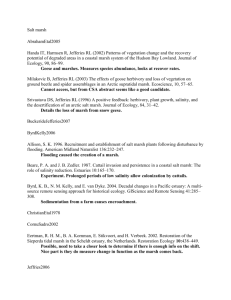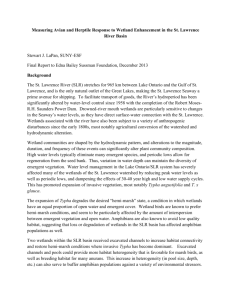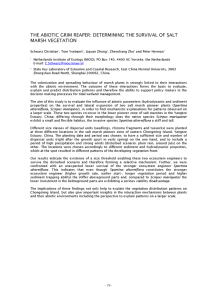Modeling Wetland Processes report(1)
advertisement
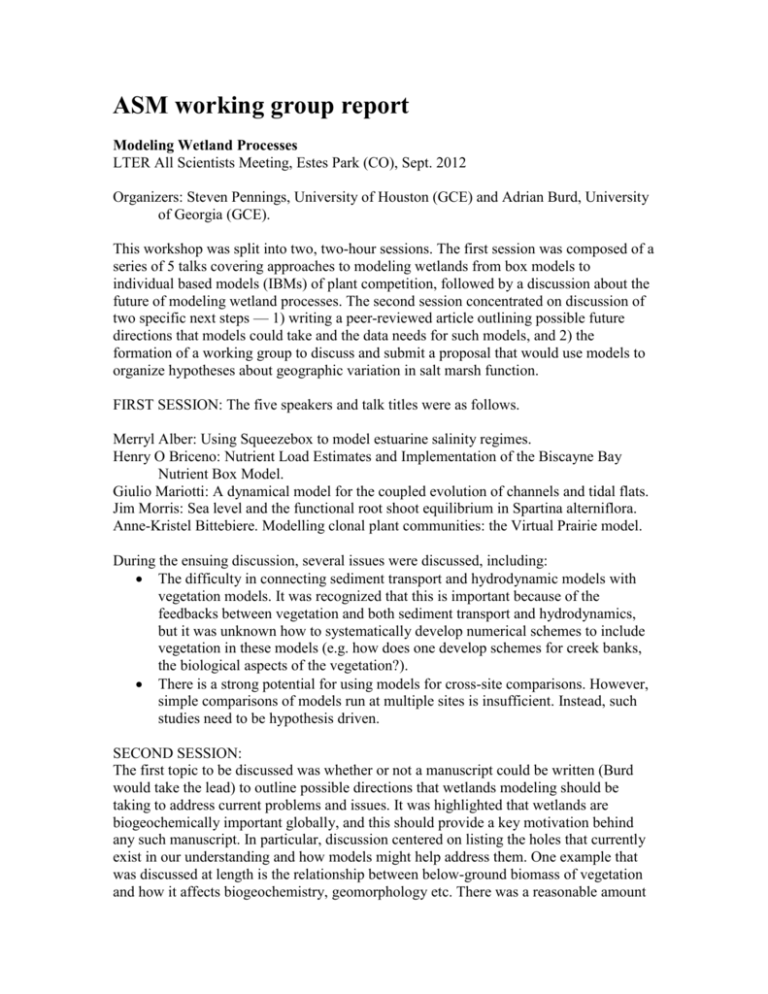
ASM working group report Modeling Wetland Processes LTER All Scientists Meeting, Estes Park (CO), Sept. 2012 Organizers: Steven Pennings, University of Houston (GCE) and Adrian Burd, University of Georgia (GCE). This workshop was split into two, two-hour sessions. The first session was composed of a series of 5 talks covering approaches to modeling wetlands from box models to individual based models (IBMs) of plant competition, followed by a discussion about the future of modeling wetland processes. The second session concentrated on discussion of two specific next steps — 1) writing a peer-reviewed article outlining possible future directions that models could take and the data needs for such models, and 2) the formation of a working group to discuss and submit a proposal that would use models to organize hypotheses about geographic variation in salt marsh function. FIRST SESSION: The five speakers and talk titles were as follows. Merryl Alber: Using Squeezebox to model estuarine salinity regimes. Henry O Briceno: Nutrient Load Estimates and Implementation of the Biscayne Bay Nutrient Box Model. Giulio Mariotti: A dynamical model for the coupled evolution of channels and tidal flats. Jim Morris: Sea level and the functional root shoot equilibrium in Spartina alterniflora. Anne-Kristel Bittebiere. Modelling clonal plant communities: the Virtual Prairie model. During the ensuing discussion, several issues were discussed, including: The difficulty in connecting sediment transport and hydrodynamic models with vegetation models. It was recognized that this is important because of the feedbacks between vegetation and both sediment transport and hydrodynamics, but it was unknown how to systematically develop numerical schemes to include vegetation in these models (e.g. how does one develop schemes for creek banks, the biological aspects of the vegetation?). There is a strong potential for using models for cross-site comparisons. However, simple comparisons of models run at multiple sites is insufficient. Instead, such studies need to be hypothesis driven. SECOND SESSION: The first topic to be discussed was whether or not a manuscript could be written (Burd would take the lead) to outline possible directions that wetlands modeling should be taking to address current problems and issues. It was highlighted that wetlands are biogeochemically important globally, and this should provide a key motivation behind any such manuscript. In particular, discussion centered on listing the holes that currently exist in our understanding and how models might help address them. One example that was discussed at length is the relationship between below-ground biomass of vegetation and how it affects biogeochemistry, geomorphology etc. There was a reasonable amount of interest in developing such a manuscript and several participants said they would make contributions. The second topic concerned the formation of a working group to write a cross-site macrosystems ecology proposal which would include modeling and mainly address coastal LTERS along the eastern seaboard (Pennings will take the lead). Topics that were discussed and which could be included in such a proposal were: The relationship between NPP, carbon sequestration in wetlands and sea-level rise. The interaction between tidal range and marsh elevation and how that is sensitive to sea-level rise. The differences between macro-tidal and micro-tidal systems. The relationship between NPP and marsh elevation. The drivers of sediment supply to marsh systems — dams. How to scale up from studies conducted on the scale of plot to whole area studies.
